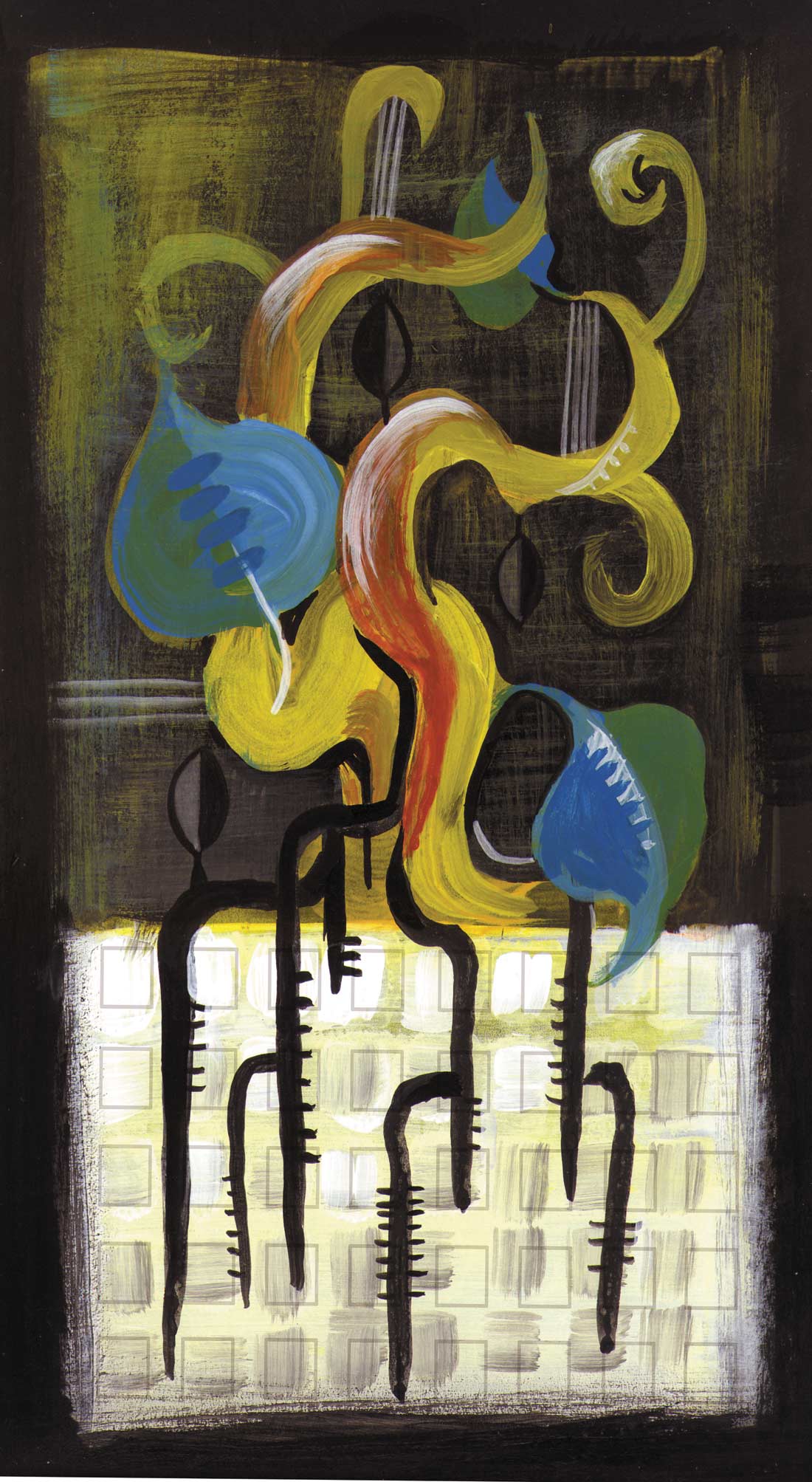Over the past twenty years, I have used various digital effects, including units from Lexicon, AMS, Alesis, and Roland. The prices continue to drop and the quality seems to improve, yet I have been disappointed in the processors in the sub-$200 category. Surfing eBay, I was surprised to see a listing for something called the ßVERB. The low opening bid piqued my interest as did the specs listed for the device. I won the ßVERBauction and waited to see what I had bought.
The ßVERB is a sleek-looking box, designed in Italy by Alto Pro Audio. Using the backlit LCD and several buttons to edit and recall settings, the unit is easy to work with. It has an internal power supply and balanced stereo inputs and outputs adjusted with three pots on the front. The processor provides 20-20k bandwidth with a sample rate of 46.875 kHz. The included effects are typical room, hall, and plate reverbs, various delays, as well as variations on a flanger, chorus, tremolo, and a rotary speaker. The algorithms are impressive in that there are several pre and post-input filters which allow you to tailor the tone of the effect. For example, the stereo delay effect has a low-pass input filter in 1/3rd-octave steps, a high and low damping filter plus a post-delay high-pass and low-pass filter, again in 1/3rd-octave steps. This allows for a wide range of sonic tuning. You can create a thin metallic sheen or a dark and moody, dare I say "warm" sound. The effects have a wide range of usable settings as well as settings which go outside "normal" range. For example, delay feedback can be set to create a warbling smear of noise, much like tape echo. The delay decay has an "analog" tone; it sounds "right." This is one delay which will not sound harsh in the mix. Even the rotary speaker has various filters and a simple amp modeler.
The designers and programmers built many useful options into this low cost device. There are 64 editable presets which can be saved in 64 user locations. Full MIDI is supported for patch recall as well as real-time control of effect parameters. (I am not a MIDI hacker so I was unable to test the MIDI features, but they look good.) The manual is well-written and concise. It also contains diagrams of each edit menu, so you can see what is available to edit and what the possible values are. These diagrams also help to get an overview of what each effect is capable of doing. MIDI control information is provided in detail. This box would make a great live- performance effect "instrument."
Overall, this is a good box with a sonic character lacking in most low-cost digital processors. The effect of the various filters is a difference that can be heard. This is a great programmable MIDI-controlled reverb/delay which will sit in a mix and sound pleasant in an "analog" sort of way. It's also sophisticated enough to keep the tweaker in you happy while programming the subtle or not so subtle parameters available.




_disp_horizontal_bw.jpg)